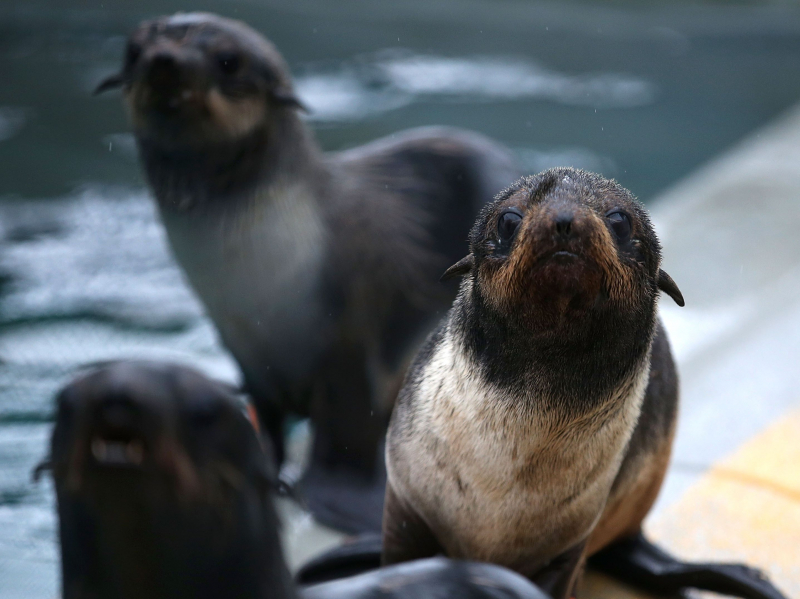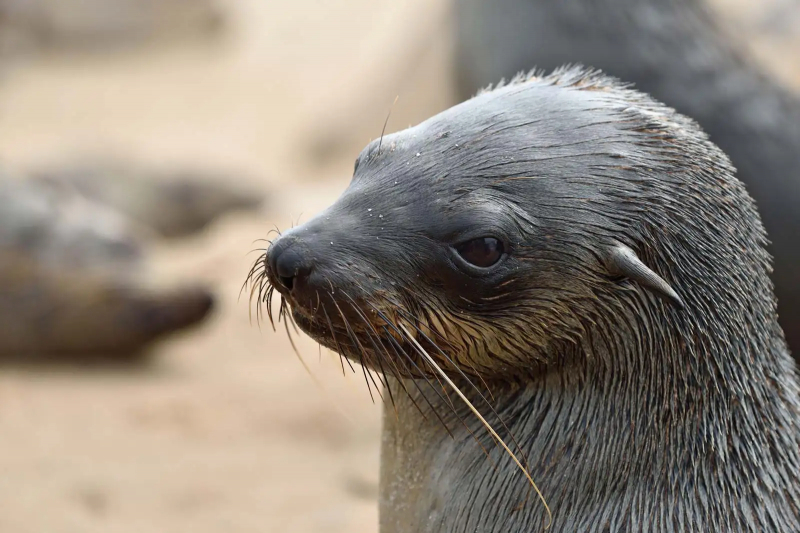Eared seals
Any marine mammal belonging to the Otariidae family, one of three subfamilies of pinnipeds, is an eared seal. To distinguish them from real seals (phocids) and walrus, they consist of 15 current species in seven genera, with one species going extinct in the 1950s. They are also known as sea lions or fur seals (odobenids). The semiaquatic lifestyle of otariids allows them to reproduce and rest on land or ice while eating and traveling in the water. In the Pacific and Southern Oceans, as well as the southern Indian and Atlantic Oceans, they live in subpolar, temperate, and equatorial waters. In the north Atlantic, they are noticeably lacking.
Otariids are far more agile on land than phocids because they can bend their hind limbs forward and move on all fours, as well as having proportionately bigger foreflippers and pectoral muscles than phocids. Since they usually reproduce on land and haul out more regularly than real seals, they are typically seen as being less adapted to an aquatic lifestyle.
A distinctive feature of eared seals is their prominent ears and flippers. They have external ear flaps, which sets them apart from real seals. In addition to eating sea otters, eared seals also eat fish, lobsters, crabs, crustaceans like shrimp, and krill, an animal that closely resembles a shrimp.










